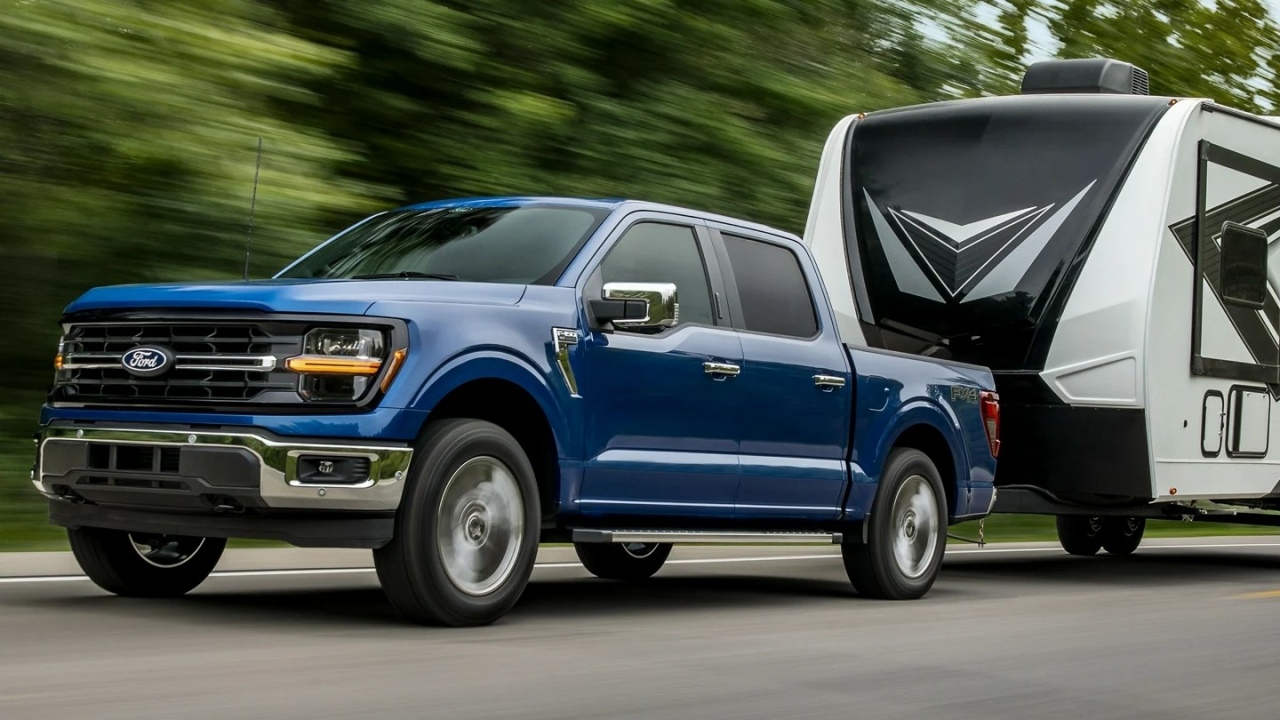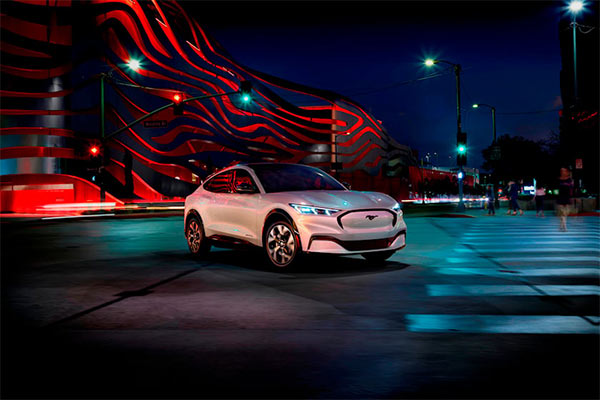Ford is taking measures to control losses in its electric vehicle (EV) business by reducing orders from high-voltage battery suppliers, according to reports from Bloomberg and sources familiar with the matter.
In the first quarter of this year, Ford incurred losses of over $100,000 for every EV it produced, largely due to significant cuts in the manufacturer’s suggested retail prices (MSRP). This figure has doubled compared to last year, with the company projecting total losses of up to $5.5 billion for its EV unit in 2024, nearly matching the expected profit from its internal combustion vehicle division, Ford Blue.

While Ford’s partnerships with battery suppliers SK On, LG Energy Solution, and CATL remain intact, the automaker has begun reducing orders for battery packs as it reevaluates its short-term plans in response to lower-than-expected EV demand in the United States.
This move follows other slowdowns in Ford’s EV initiatives despite a nearly doubled EV sales volume in the first quarter compared to the same period last year. The company announced delays in its upcoming all-electric pickup, “Project T3,” as well as a next-generation battery-powered three-row SUV, opting to allow the EV market to mature before proceeding. In the interim, Ford plans to introduce more hybrid vehicles to its lineup.
Last year, Ford announced a significant reduction in the size of its new lithium iron phosphate (LFP) battery cell plant in Marshall, Michigan, scaling down the investment from an initial $3.5 billion to around $2.2 billion.
Ford aims to cut spending by $12 billion on battery-powered vehicles, with the exception of a sub-$30,000 EV that has reportedly been expedited for launch in 2026. This entry-level EV could have a starting price as low as $25,000, which Ford’s CEO, Jim Farley, believes will be profitable for the company.
Farley expressed optimism about Ford’s prospects in the EV market, citing an opportunity to capture market share with competitively priced electric vehicles. He emphasized the company’s ability to turn a profit at lower price points, indicating a strategic shift towards more accessible EV offerings.

